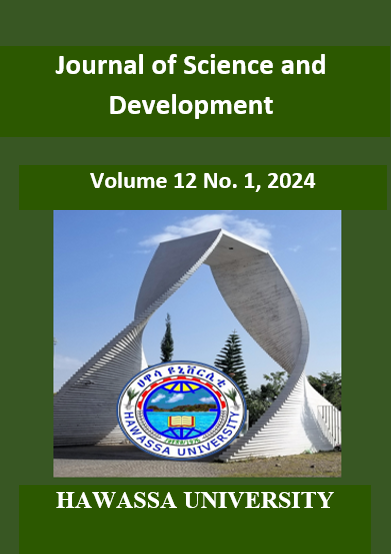Production and reproductive performance, and egg quality of indigenous chicken in Siltie Zone, Ethiopia
Keywords:
Hawassa University; Egg quality parameters; poultry growth parameters; highland and midland agro-ecologiesAbstract
Limited attention has been given to the performance evaluation and classification of indigenous chickens. The performance of chicken production can be influenced by genetic and non-genetic factors. Thus, the purpose of this study was to assess the production and reproductive performance as well as egg quality of indigenous chickens in highland and midland agro-ecologies in Silte Zone of Central Ethiopia. From each agro-ecology four districts were purposively selected. Three hundred twenty farm households were randomly selected for household survey representing highland and midland agro-ecologies. Data on Production and reproduction performances were collected. Additionally, 160 chicken were used for measuring the body weight and other traits. Three hundred eggs were collected and transported to Hawassa University, poultry farm laboratory, for quality analysis. The collected data were analyzed using Generalized Linear Model (GLM) procedure of SAS. Body weight of cockerels were 1271.3±89.29 and 1220±87.27 grams while body weights of laying hens were 1023.8±80.47 and 1027.5±75.19 grams in midland and highland agro-ecologies, respectively. Matured age of cockerels, pullets’ age at first egg and survival of chicks in wet season were significantly better in the midland agro ecology. Pullet’s ages at first egg were 28.30±1.72 weeks. Egg weight, egg length, albumen weight and yolk diameter were significantly higher in midland.
In conclusion, there was variation on production and reproductive performance and egg quality of indigenous chicken under farmers’ management conditions between the two agro ecologies. In some production performances, and some egg quality parameters, indigenous chickens were better in the midland agro ecology. Hence, it can be recommended that agro-ecological-based improvements in breeding and management practice (feeding, housing and health) of indigenous chickens are vital in the study area.
Downloads
Published
Issue
Section
License
Copyright (c) 2024 Dr. Kefyalew Berihun Reda, Yesuf Kedalla

This work is licensed under a Creative Commons Attribution 4.0 International License.
The author(s) of the individual articles remain the copy right of their articles.

